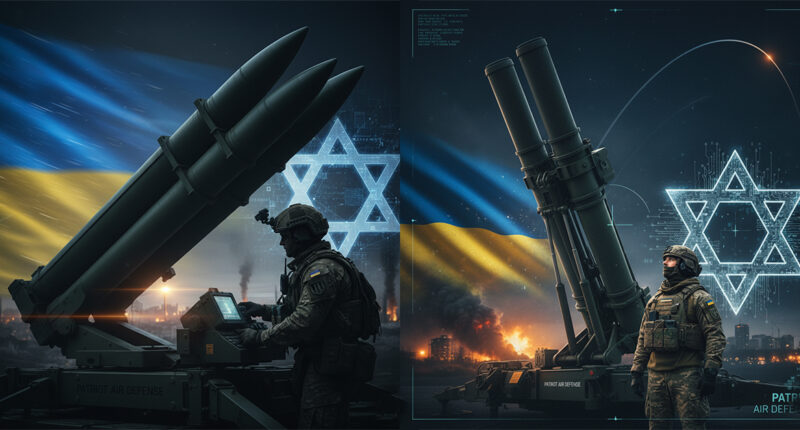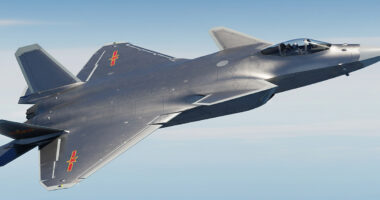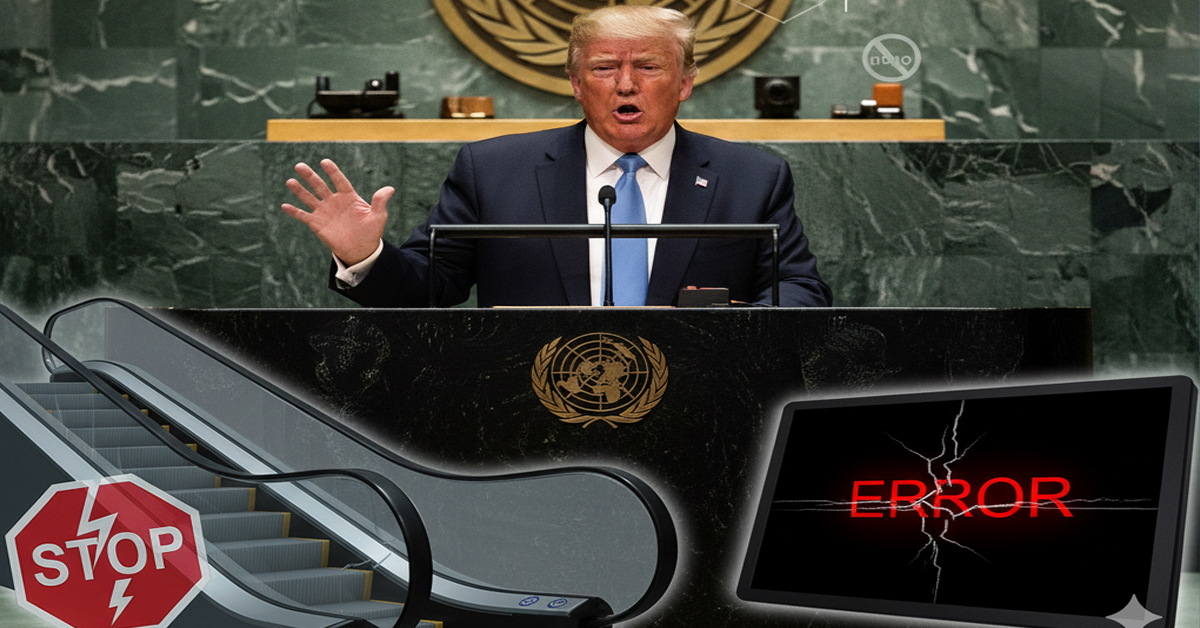Ukrainian President Volodymyr Zelensky’s statement on Saturday, September 27, confirming that a US-made Patriot air defense system originating from Israel has been operational in Ukraine for the past month, marks a significant, albeit diplomatically delicate, turning point in the country’s defense efforts.
“The Israeli complex [Patriot] has been operating in Ukraine for a month,” Zelensky told reporters, adding that Ukraine expects to receive “two more Patriot systems in the fall.”
While the announcement was a major victory for Kyiv, which has long pleaded for robust air defense to counter Russia’s relentless missile and drone attacks, the complex pathway of this particular Patriot system reveals a fascinating web of international diplomacy, security anxieties, and shifting alliances known in defense circles as a “triangle deal.”
The Nuance of the Transfer: A Diplomatic Tightrope
The key to understanding Zelensky’s statement lies in the nuance of the word “from.” While the system originated with Israel, officials in Jerusalem and Washington have provided context that suggests the transfer was not a direct Israeli military aid shipment but a meticulously orchestrated arrangement involving the United States.
For years, Israel maintained a cautious policy of neutrality in the Russia-Ukraine conflict, primarily out of concern for its strategic freedom of operation over Syria, where Russia maintains a significant military presence. Direct weapons transfers to Kyiv would have risked Moscow retaliating by complicating Israel’s security activities in its northern theater.
However, as reported extensively by international media following the May reports and subsequently confirmed by various sources, the Patriot’s arrival was likely facilitated by Washington. The older Patriot system was decommissioned by the Israeli Air Force (IAF) last year, as Israel transitioned to its more advanced, indigenous multi-layered air defense systems like the Iron Dome and David’s Sling.
The “triangle deal” model saw the US requesting Israel to return the aging Patriot battery to American custody. From there, the system was reportedly refurbished, modernized, and then rerouted to Ukraine under the umbrella of US military aid. This mechanism allowed Kyiv to receive a vital defensive asset, satisfied Washington’s goal of strengthening Ukrainian air defense, and—crucially—provided Jerusalem with plausible deniability to maintain its complicated relationship with Moscow.
Ambassador Michael Brodsky, Israel’s envoy to Kyiv, had previously alluded to the arrangement, stating in June that the Patriot systems “we agreed to transfer them to Ukraine.” Although the Israeli Foreign Ministry formally denied a direct transfer at the time, Zelensky’s confirmation on September 27 essentially affirmed the ultimate destination and operational status of the equipment.
A Game Changer for Ukraine’s Air Defense
The deployment of this particular Patriot system—regardless of the logistical specifics—is a major boon for Ukraine. The Patriot (MIM-104) is the only Western air defense system currently capable of reliably intercepting Russia’s formidable ballistic missiles, such as the Iskander and Kinzhal.
For the past month, its covert operation would have provided a much-needed shield, likely protecting a critical piece of infrastructure or a major urban center like Kyiv. The timing of Zelensky’s announcement, coming as Ukrainian forces face renewed threats to energy infrastructure ahead of winter, serves as both a public reassurance to his people and a strategic warning to the Kremlin.
The President’s mention of “two more Patriot systems in the fall” further underscores the ongoing international effort to fortify Ukraine’s skies. While he did not specify the origin of these two additional batteries, reports suggest they are likely part of commitments from European partners, such as Germany, which has been a consistent supplier of high-end air defense, including the Patriot and the IRIS-T system. The goal is to build a comprehensive, layered air defense network integrating US, German, French, and Italian systems.
Shifting Geopolitical Sands
Beyond the immediate military impact, the transfer signals a quiet, yet fundamental, shift in the geopolitical calculus of all players.
For Israel: The decision to participate in this deal, even indirectly, reflects the growing alarm in Jerusalem over Russia’s deepening military alliance with Iran, Israel’s primary regional adversary. Iran’s supply of Shahed kamikaze drones and potentially ballistic missiles to Russia has created a common strategic threat with Kyiv and Washington, making the decision to release the Patriot system a pragmatic move to weaken the Iranian-Russian axis.
For the US: The success of the “triangle deal” demonstrates Washington’s diplomatic dexterity in navigating complex international sensitivities. It proves that the US can effectively mobilize third-party military assets and circumvent geopolitical roadblocks to get high-value equipment to the front lines.
For Ukraine: The Patriot system is more than just a defensive weapon; it is a symbol of deepening, strategic military integration with Western defense capabilities. Its continued operation, along with the expectation of more systems this fall, is a concrete sign that the international defense commitment to Kyiv remains strong and is evolving to meet the most pressing threats.
In conclusion, President Zelensky’s confirmation on September 27 validates months of speculation about the quiet transfer of a vital air defense asset. The Patriot system’s operation in Ukraine is not just a military upgrade; it is a profound diplomatic achievement, highlighting a new willingness by former neutrals to support Kyiv through creative strategic arrangements as the war enters a more desperate phase of its air campaign.









